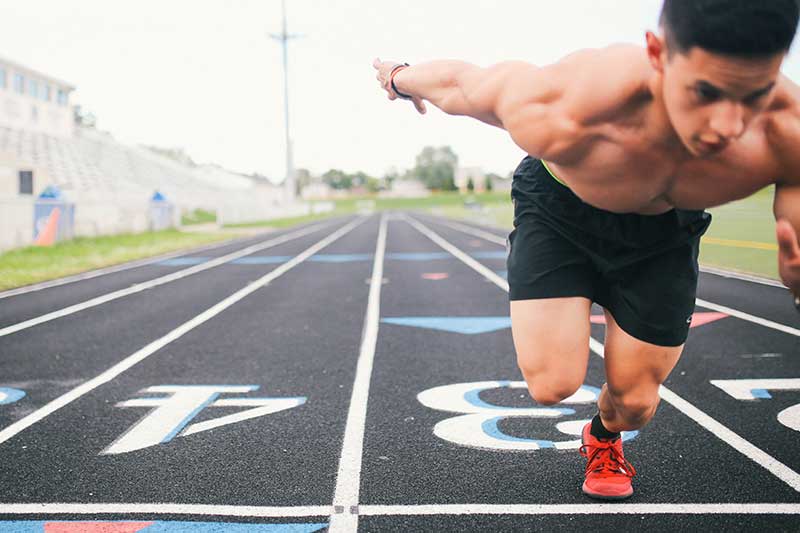By Leo Shveyd, Co-Owner of Advanced Wellness
The FEET, ah, the feet. For as long as humans have pedaled the earth, the feet have served as the foundation of our bodies in locomotion (walking, running, etc.). They are designed to be very sensitive, with over 200,000 nerve-endings, the third most nerve endings of anywhere in the body. Simply put, your feet are made to feel; feel sharp objects, temperature (heat and cold), pain, the ground, feel everything.
Shoes are an incredible invention. They provide protection from extreme temperature and terrain, helping our bodies do more than we are capable of, especially when you combine shoes with optimally trained (strong and mobile) feet. Shoes are, by no means, a modern invention. Humans have made shoes from various materials for tens of thousands of years.

We have evolved to wear shoes that resemble those of our ancestors. However, some shoes in today’s world simply don’t. And while in many instances health and performance are as intertwined as Siamese twins, there are scenarios where they diverge. For example, wearing thinner, more flexible shoes has general health benefits and thus, having better adapted feet, this checks both wellness and performance boxes in most cases. Always remember your first ability as an athlete is your availability. Having strong feet gives you a platform for better fitness training.
There are some instances where shoes with a thicker sole may actually allow you to perform better, depending on the activity. In basketball, for example, having a thicker sole that allows you land on hard surfaces after jumping to extreme heights provides a safety net; another example may be in shoes used for ultra-marathons.

However, that same safety net can be a hindrance to your health if you live in basketball shoes or other thickly padded shoes all the time. Why, you ask?
The shoes of our ancestors had the following characteristics:
1. Sole:
a. Thin
b. Flat (zero heel-to-toe drop)
c. Flexible (all the way through; even in the mid-foot)
2. Covering (tops):
a. Flexible
3. Wide toe box (room for your toes to spread as your foot connects with the ground)
Hence, we have evolved to wear shoes more closely resembling the first image, preferably comfortable ones. Those who know me know that I am a believer in minimalist shoe wear (for the right person); of course, you could go barefoot. Your foot musculature needs to be trained (which doesn’t happen nearly well enough when you wear heavily padded shoes). Moreover, your feet provide a tremendous amount of feedback to your body and helps your over-all structure. You wouldn’t needle point with mitts on; likewise, you should train your feet with minimal disruption to the “feel” in your feet. The alternative is stiff, achy, weak feet and which can happens when you live in rigid, thickly-padded shoes. For most people, the key is to follow the parameters outlined above.
Here is a list of mens and womens athletic shoes that are worth considering which meet the criteria (assuming they feel comfortable to you):
- Xeroshoe – Prio – Womens
Xeroshoe – Prio – Mens - Vivobarefoot – Womens
Vivobarefoot – Mens - Tadeevo – Womens
Tadeevo – Mens - Inov-8 Womens
Inov-8 Mens - Merrells Barefoot Shoe
- New Balance Minimus
- Vibram Five Fingers – Mens
I hear some of you out there: “these shoes don’t look good”. Yep, I get it. Life is about trade-offs. Function may need to prevail over fashion if health and performance are your concerns.
As an aside, I have been working all summer to develop a rock shower mat that would act as a foot massager. Not only do the rocks massage your feet, they provide a grounding effect to your body, similar to electricity having negative charge.

The way I see it: people are busy; busy living their 21st century lives. Asking someone to go barefoot thru the woods just isn’t going to happen. Yet, we must address this problem (our wearing shoes and lack of movement).
Advanced Wellness 4 recommendations for healthier feet:
1. use bare feet when possible (especially at home or other safe environments),
2. wear minimalist shoes with the parameters outlined here as much as possible in daily life activities,
3. use thicker shoes if you have to due to health reasons (i.e. you have pain and you need the padding of a thicker shoe),
4. use thicker soled shoes for performance purposes (such as basketball or ultra-marathons)
** There is an adaptation period. Start with a 1-2 hour period and see how your feet feel. From there, gradually add time to activities of daily life. Lastly, add activities of higher intensities with short duration, progressing to longer ones.
I’ll let you know how my shower rock mat project turns out.
Shout out to coach Diana…who hates bare feet…yet has to put up with mine around Advanced Wellness.
***Disclaimer: What you just read presumes you have a minimum level of health and healthy feet; healthy enough to attempt going barefoot and wearing minimalist shoes in the appropriate situation. If you are not sure, ask a professional. The strategies discussed are not for everybody, while I believe they will help many.
Lets us know if you have any questions. As always, if we don’t know the answer, we’ll find you someone that does.
To you and BETTER!
